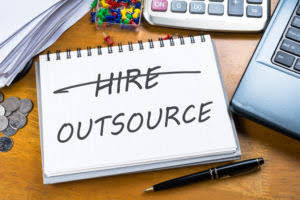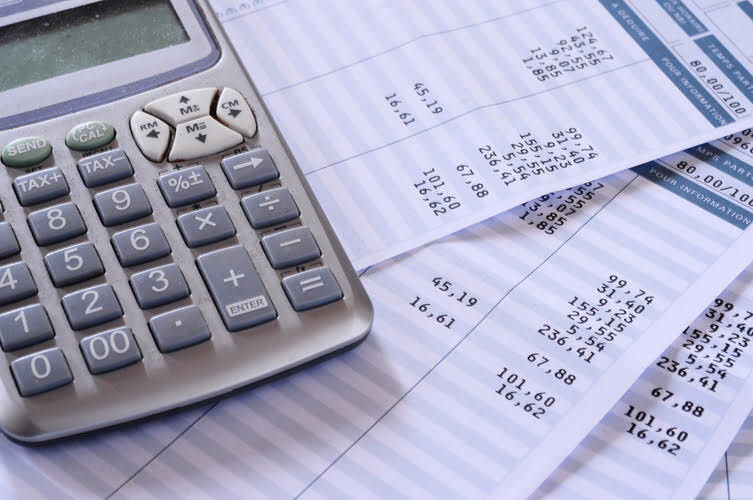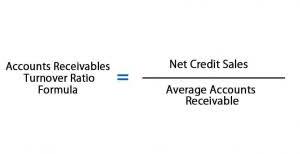Balance Sheets 101: Understanding Assets, Liabilities and Equity

For example, an increase in an asset account can be matched by an equal increase to a related liability or shareholder’s equity account such that the accounting equation stays in balance. Alternatively, an increase in an asset account can be matched by an equal decrease in another asset account. It is important to keep the accounting equation in mind when performing journal entries. Although the balance sheet always balances out, the accounting equation can’t tell investors how well a company is performing. Assets represent the valuable resources controlled by a company, while liabilities represent its obligations. Both liabilities and shareholders’ equity represent how the assets of a company are financed.
How to calculate assets in accounting?
The most liquid of all assets, cash, appears on the first line of the balance sheet. Cash Equivalents are also lumped under this line item and include assets that have short-term maturities under three months or assets that the company can liquidate on short notice, such as marketable securities. Companies will generally disclose what equivalents it includes in the footnotes to the balance sheet. You can think about equity in terms of what would happen if the company went bankrupt and liquidated its assets today. For every transaction, both sides of this equation must have an equal net effect. Below are some examples of transactions and how they affect the accounting equation.
- The basic accounting equation is used to provide a simple calculation of a company’s value, based on a comparison of equity and liabilities.
- Since they own the entire company, this amount is intuitively based on the accounting equation – whatever is left over of the Assets after the liabilities have been accounted for must be owned by the owners, by equity.
- The most liquid asset is cash itself, while non-liquid assets include things such as real estate, machinery, or land because they cannot be converted quickly to cash.
- For example, if the total liabilities of a business are $50K and the owner’s equity is $30K, then the total assets must equal $80K ($50K + $30K).
How to choose an accountant: 5 tips for small businesses
If the total liabilities calculated equals the difference between assets and equity then an organization has correctly gauged the value of all three key components. Liabilities are financial obligations or debts that a company owes to other entities. Liabilities are an essential component for an organization to ensure smooth business operations.They are recorded in the balance sheet and are categorized as current and long-term liabilities based on their due date.
Create a Free Account and Ask Any Financial Question

Without understanding assets, liabilities, and equity, you won’t be able to master your business finances. But armed with this essential info, you’ll be able to make big purchases confidently, and know exactly where your business stands. Assets, liabilities, equity and the accounting equation are the linchpin of your accounting system. Your liabilities are any debts your company has, whether it’s bank loans, mortgages, unpaid bills, IOUs, or any other sum of money that you owe someone else.
How we make money
If that $20 was net profit, it goes toward the owner’s equity in the business. This transaction affects both sides of the accounting equation; both the left and right sides of the equation increase by +$250. For example, if a company becomes bankrupt, its assets are sold and these funds are used to settle its debts first.
What is the difference between current and non-current assets?
HBS Online does not use race, gender, ethnicity, or any protected class as criteria for admissions for any HBS Online program. Our easy online application is free, and no special documentation is required. All participants must be at least 18 years of age, proficient in English, and committed to learning and engaging with fellow participants throughout the program. HBS Online’s CORe and CLIMB programs require the completion of a brief application. The applications vary slightly, but all ask for some personal background information.

Accounts Payable
Assets, liabilities and equity are important factors that determine the health of your business. Before applying for a small business loan or line of credit, make sure your balance sheet is in order because lenders will look at it to see that you can repay your debt. To keep the books at your company balanced, your assets should always equal the combined total of your liabilities and owners’ equity. The income statement is the financial statement that reports a company’s revenues and expenses and the resulting net income.

- This transaction affects only the assets of the equation; therefore there is no corresponding effect in liabilities or shareholder’s equity on the right side of the equation.
- Unlike example #1, where we paid for an increase in the company’s assets with equity, here we’ve paid for it with debt.
- Get instant access to video lessons taught by experienced investment bankers.
- The balance is maintained because every business transaction affects at least two of a company’s accounts.
- To learn more about the income statement, see Income Statement Outline.
Property, Plant, and Equipment (also known as PP&E) capture the company’s tangible fixed assets. Some companies will class out their PP&E by the different types of assets, such as Land, Building, and various types of Equipment. Inventory includes amounts for raw materials, work-in-progress goods, and finished goods. The company uses this account when it reports sales of goods, generally under cost of goods sold in the income statement. Current assets are assets that are expected to be converted to cash within one financial year, while non-current assets are held by a company for more than one year, and are not readily convertible into cash.
What Are the Key Components in the Accounting Equation?
- The accounting equation ensures that the balance sheet remains balanced.
- The accounting equation states that a company’s assets must be equal to the sum of its liabilities and equity on the balance sheet, at all times.
- Here’s a simplified version of the balance sheet for you and Anne’s business.
- The accounting equation states that a company’s total assets are equal to the sum of its liabilities and its shareholders’ equity.
- The applications vary slightly, but all ask for some personal background information.
- To some extent, calculating total assets is as simple as adding up everything of value your company owns.
Liabilities are owed to third parties, whereas Equity is owed to the owners of the business. The formula defines the relationship between a business’s Assets, Liabilities and Equity. Get instant access to video lessons taught by experienced investment bankers. Learn financial statement modeling, DCF, M&A, LBO, Comps assets equals and Excel shortcuts. Simply put, the rationale is that the assets belonging to a company must have been funded somehow, i.e. the money used to purchase the assets did not just appear out of thin air to state the obvious. Debt is a liability, whether it is a long-term loan or a bill that is due to be paid.
You can use the Excel file to enter the numbers for any company and gain a deeper understanding of how balance sheets work. If we rearrange the Accounting Equation, Equity is equal to Assets minus Liabilities. You can think of them as resources that a business controls due to past transactions or events. Accounts receivable list the amounts of money owed to the company by its customers for the sale of its products. For another example, consider the balance sheet for Apple, Inc., as published in the company’s quarterly report on July 28, 2021.

Response to "Balance Sheets 101: Understanding Assets, Liabilities and Equity"